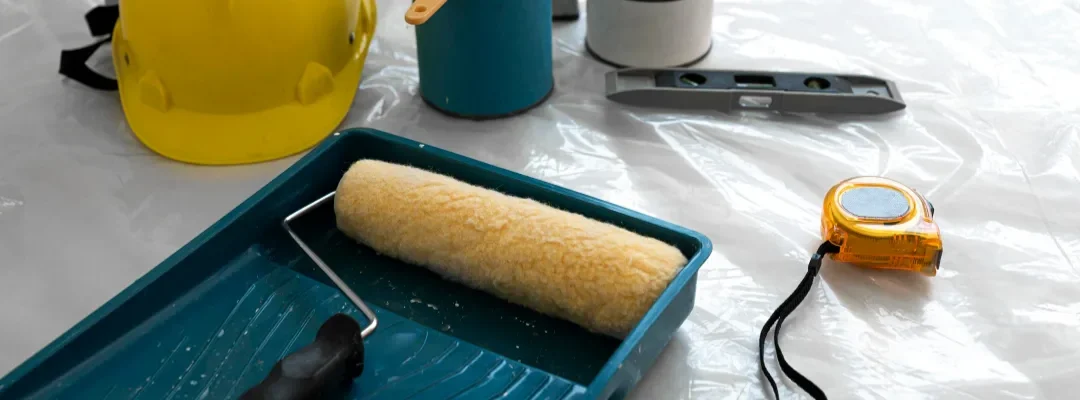Chennai’s tropical climate and intense monsoon seasons make waterproofing an absolute necessity for any building—residential or commercial. The combination of heavy rain, coastal humidity, and groundwater seepage can cause structural damage, mold growth, and premature wear if not properly addressed.
Whether you’re planning a new build or renovating an existing structure, here are the most essential waterproofing tips tailored specifically for Chennai’s weather and soil conditions.
1. Prioritize Terrace Waterproofing
Why It’s Crucial:
Flat terraces in Chennai take a direct beating during heavy monsoons. Water pooling and UV exposure accelerate leakage.
Tips:
- Use elastomeric liquid membranes or PU (polyurethane) coatings
- Apply with proper slope to ensure drainage
- Add protective screed or reflective tiles to prevent membrane cracking
Pro Tip: Reapply every 5–7 years to maintain effectiveness.
2. Waterproof Basement and Foundation Walls
Problem:
High water table and clay-rich soil increase lateral pressure and moisture seepage.
Tips:
- Use integral waterproofing admixtures in concrete
- Apply bituminous membranes or crystalline coatings externally
- Install French drains or weeping tiles to channel water away
Extra: Ensure backfilling material is well-compacted and includes a geotextile layer.
3. Ensure Proper Bathroom and Wet Area Sealing
Common Issue:
Poorly waterproofed bathrooms cause leakage into adjacent rooms or floors below.
Tips:
- Use cementitious slurry + mesh reinforcement around corners and joints
- Waterproof under the floor tiles, not just on walls
- Ensure plumbing penetrations are sealed with rubber gaskets or grouting compounds
Pro Tip: Test with a 24-hour flood test before laying tiles.
4. Seal Expansion Joints and External Wall Cracks
Issue:
Thermal expansion, especially in Chennai’s hot days and cool nights, causes micro-cracks.
Tips:
- Use high-quality polyurethane or silicone sealants
- Fill vertical/horizontal joints with backer rods and flexible fillers
- Inspect annually and reseal before the monsoon
5. Protect Windows, Balconies, and Facades
Challenge:
Wind-driven rain and salt-laden air cause water ingress through façade gaps.
Tips:
- Install drip edges and sloped ledges
- Seal gaps between frames and masonry with weatherproof putty or foam
- Apply exterior-grade paint with waterproofing additives
6. Use Integral Waterproofing Compounds in Concrete & Plaster
How:
- Add liquid or powder admixtures during mixing
- Improves water resistance and reduces porosity
- Use in slabs, columns, plastering, and mortar
Products to Consider: Dr. Fixit LW+, Fosroc Conplast WL, Sika WT series
7. Perform Post-Construction Water Testing
Must-Do Checks:
- Water ponding test on terraces
- Pressure test for pipelines
- Moisture meter reading in basement and ground-floor walls

